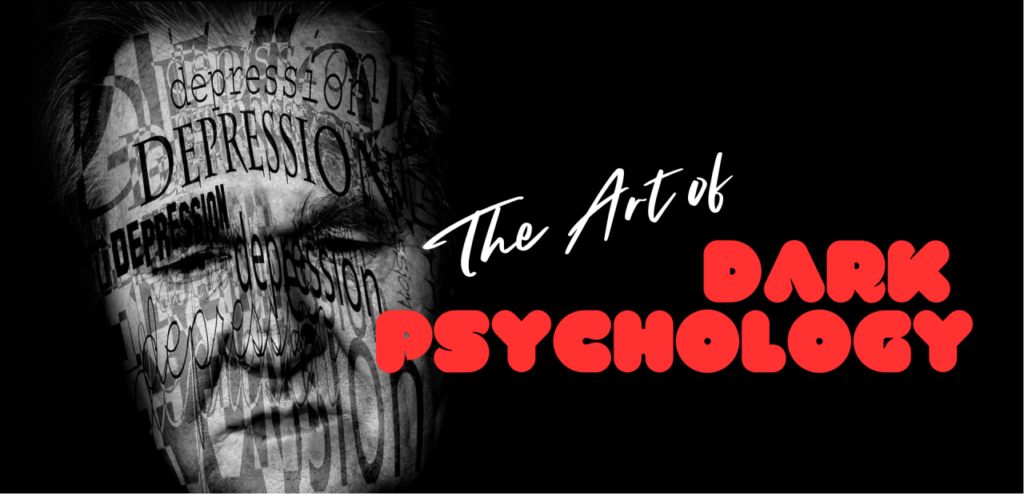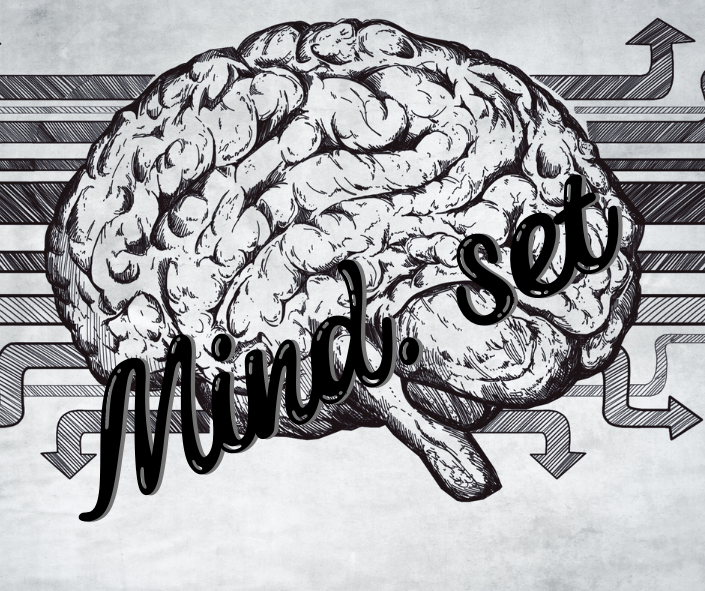Dark psychology, a sinister underbelly of human interactions, often hides in plain sight. Today, I aim to sound the alarm and shed light on the dangerous techniques that lurk in the shadows, threatening relationships, well-being, and society itself.
1. The “Innocent” Questionnaire: Unmasking Vulnerabilities
Beware the seemingly harmless surveys that extract your deepest fears and vulnerabilities. What appears as casual conversation can become a weapon in the hands of manipulators, leaving you exposed and vulnerable.
“The greatest trick the devil ever pulled was convincing the world he didn’t exist.”
Charles Baudelaire
2. Mirroring: When Manipulation Mimics Empathy
Mirroring may seem like empathy, but it’s a wolf in sheep’s clothing. Manipulators use this technique to gain trust, weaving an intricate web of deceit, all while hiding their true intentions.
3. Gaslighting: The Disturbing Art of Distortion
Gaslighting is the stuff of nightmares, where reality itself becomes distorted. Manipulators use denial, manipulation, and mind games to make their victims doubt their sanity. It’s a chilling form of psychological control.
4. Love Bombing: Drowning in False Affection
Love bombing may feel like a fairy tale at first, but it’s a trap. Manipulators drown their victims in affection and attention, creating dependency and emotional turmoil.
5. The Silent Treatment: A Subtle Form of Abuse
The silent treatment is a cold, calculated form of emotional abuse. Victims are left in the dark, tormented by uncertainty and distress.
Conclusion:
Dark psychology techniques are insidious and harmful. We must be vigilant and aware to protect ourselves and others from these manipulations. By recognizing the warning signs and educating ourselves about these tactics, we can build healthier relationships based on trust, empathy, and open communication.
🤝💡 #DarkPsychology #Manipulation #EthicalBehavior #Empathy
Some examples of dark psychology techniques in the form of short stories to illustrate their effects:
1. The “Innocent” Questionnaire: Unmasking Vulnerabilities
Samantha, a friendly and trusting individual, received a seemingly harmless questionnaire via email. It asked about her favorite childhood memories and her most irrational fears. Thinking it was a harmless survey, she responded candidly.
Little did she know, the person behind the questionnaire was not interested in her preferences but in her vulnerabilities. Armed with the intimate details she had provided, they began manipulating her emotions, exploiting her fears, and slowly gaining control over her decisions.
2. Mirroring: When Manipulation Mimics Empathy
Jake had always felt a bit socially awkward until he met Sarah. She seemed to understand him like no one else ever had. She mirrored his gestures, laughed at his jokes, and even seemed to share his interests. He felt an instant connection.
But as time passed, Jake realized that Sarah wasn’t being genuine. She had been mirroring his behavior to create a false sense of trust. Behind her charming facade was a manipulator who sought to control him by pretending to be his perfect match.
3. Gaslighting: The Disturbing Art of Distortion
Emily was in a loving relationship until she started noticing discrepancies in her partner’s stories. He would deny saying hurtful things or claim she was overreacting to his behavior. Over time, Emily began doubting her own memory and sanity.
Her partner was using gaslighting to manipulate her reality, leaving her confused and emotionally vulnerable. The more she questioned herself, the more control he gained over her emotions and decisions.
4. Love Bombing: Drowning in False Affection
Mark had never experienced such an intense whirlwind romance as he did with Lisa. She showered him with affection, love notes, and gifts. It felt like a dream come true, but it soon turned into a nightmare.
Lisa’s love bombing was a ploy to create dependency. She isolated Mark from his friends and family, making him rely solely on her for emotional support. When he became emotionally exhausted and drained, she revealed her true manipulative nature.
5. The Silent Treatment: A Subtle Form of Abuse
Chris had a habit of speaking his mind, and his partner, Alex, didn’t always agree with him. One day, after a heated argument, Alex went silent. He stopped responding to texts and calls, leaving Chris in a state of panic.
The silent treatment was a form of emotional abuse meant to control Chris’s behavior. It left him feeling isolated and desperate to mend the relationship, even if it meant giving in to Alex’s demands.










